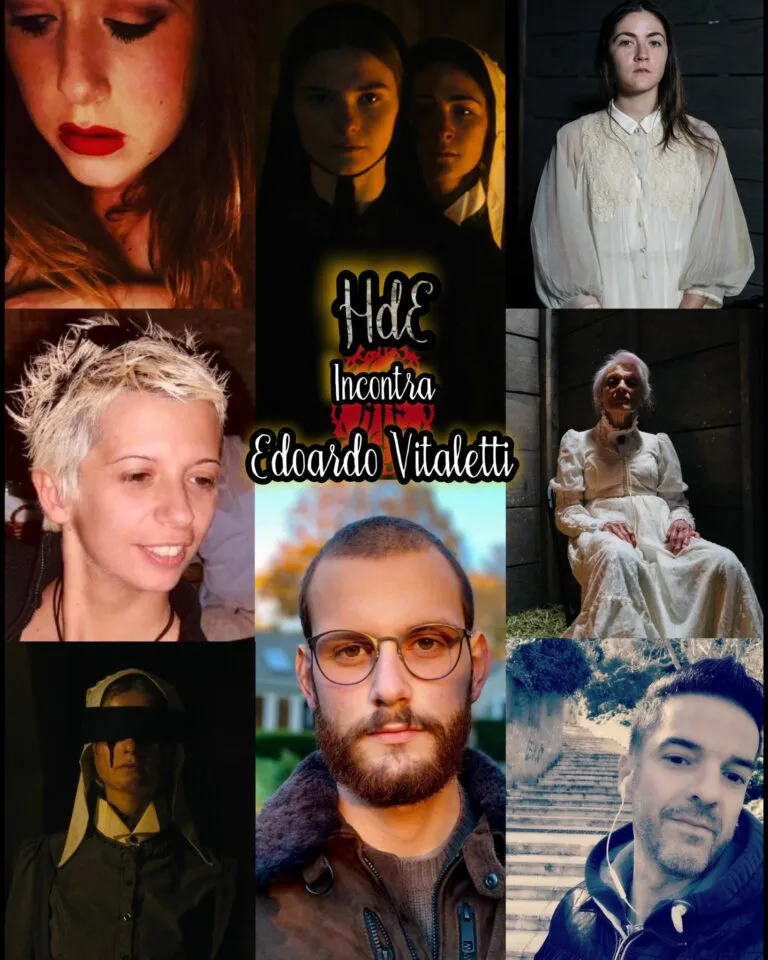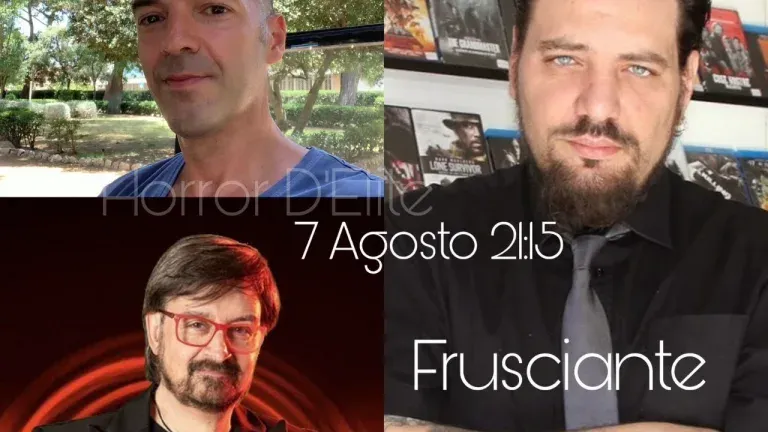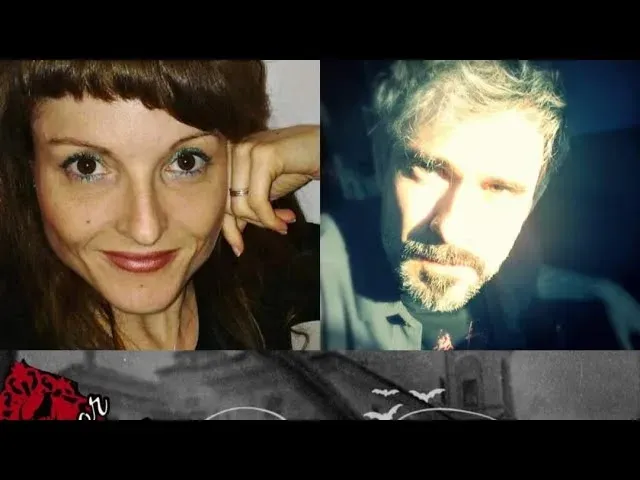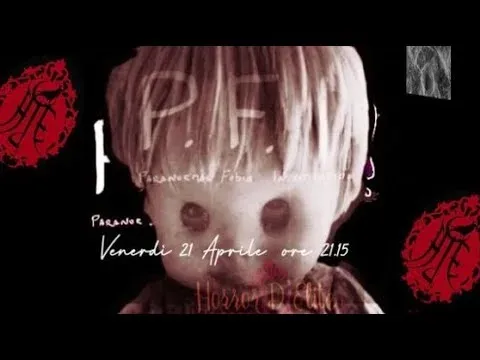PFI Paranormal Fobia Investigation
PFI Paranormal Fobia Investigation
This is a passion that aims to help those who believe they are dealing with paranormal phenomena.
Through various equipment, they seek to understand if there may be paranormal presences in a house.
A necessary preface: these are not people who are out to scam anyone. They are individuals who (as they specify) do not claim to provide certain answers and do not ask for anything in return for what they do. So, let’s see who the members of “Paranormal Fobia Investigation” are.
They are Marzio Bugossi and Silvia Becuzzi
“We want to study this phenomenon first and foremost out of our curiosity to understand,” they say, “and then certainly without proposing solutions, we make ourselves available to people who ask us to come to their homes because they may be experiencing discomfort related to phenomena that in most cases are explainable, and in others, anomalous. We believe we fulfill a social function, as these topics are not discussed in bars or even with friends and relatives. People find in us trustworthy individuals, without being judged.”
The Equipment
The equipment used to understand if there are incomprehensible phenomena is partially constructed by Marzio, who has studied electronics.
“We use electromagnetic field detectors, electrostatic sensors, geophones, infrared and ultrasonic motion sensors, and thermal cameras,” Marzio explains. “We have collected interesting material; there is about a 5% anomaly attributable to the paranormal, while the other percentages of episodes are explainable.”
The PFI team has created a Facebook page where they post updates on their activities.
For example, they conducted a survey in a building from 1768.
In a bedroom, using a special tool designed to detect and measure temperature gradients, a warm shape was recorded appearing from nowhere in a much colder environment; it floated for a few seconds and then “disappeared.”
The team then explains the phenomenon known as EVP.
“These are voices and sounds that emerge in an ambient recording,” they say, “which do not come from vocal cords; they have an electronic nature, as if they do not pass through the medium that should carry them, which is the air, but are electronically etched, bypassing the transducer sensors of the microphone and getting imprinted onto the recording.”
 Subscribe to our YouTube channel
Subscribe to our YouTube channel






